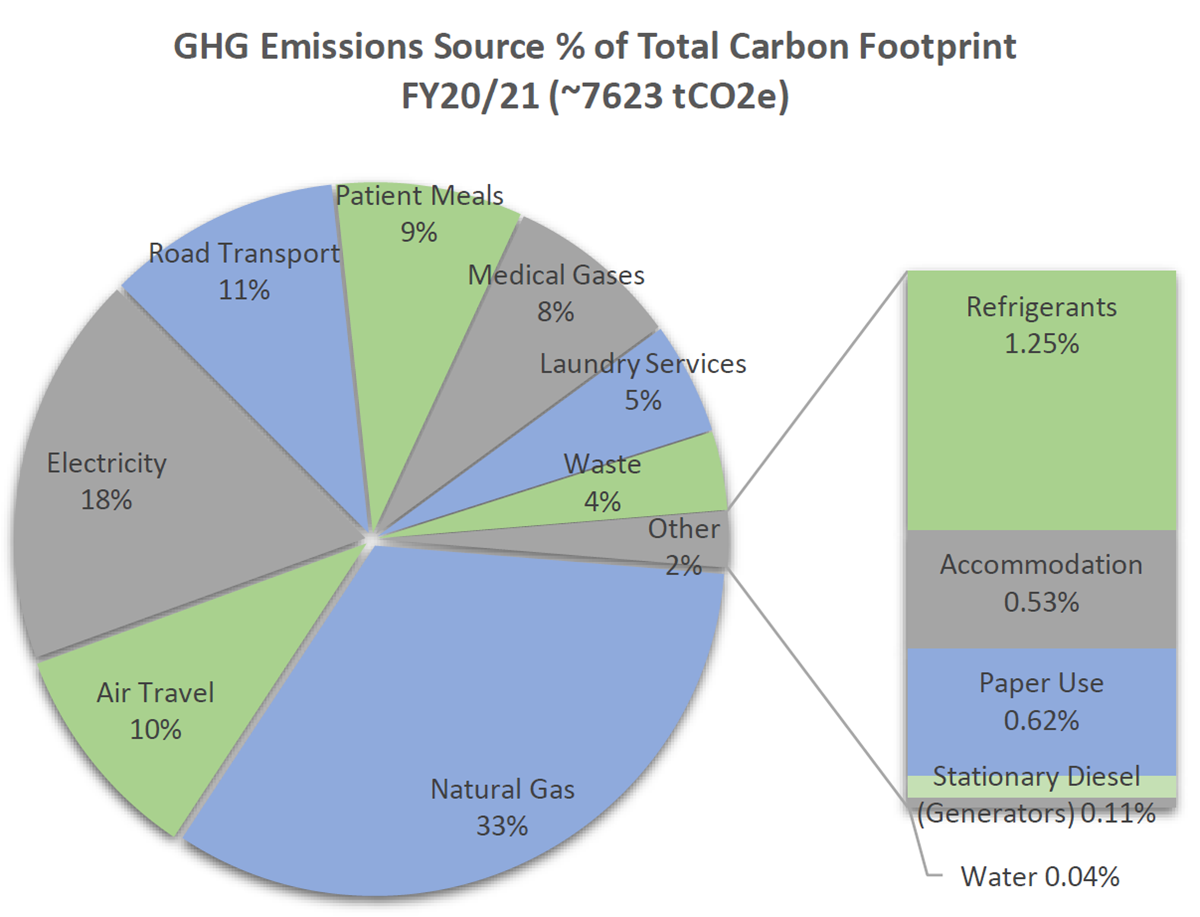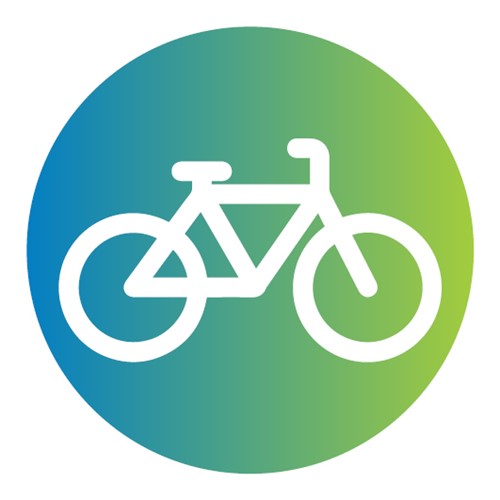Environmental sustainability | Kaitiakitanga
On this page
- Sustainability
- Our framework for environmental sustainability
- How we manage our responsibilities
- Our action plans
- Our carbon footprint
- Our sustainability priorities
Sustainability
We view our sustainability principles and organisational purpose and vision holistically.
We understand that, while our work has positive outcomes for our people, it also consumes resources and affects the environment.
Therefore, goals must be set to reduce these impacts as much as possible and regenerate the environment where we can.
By applying the concepts of the Kaitiakitanga Framework for Environmental Sustainability, we aim to work with our stakeholders to protect our environment, culture, society, and economic stability, enabling our communities to get well, live well, and stay well.

Our framework for environmental sustainability
Our Kaitiakitanga Framework for Environmental Sustainability sets the scene for how sustainability is understood by our organisation.
Put simply, we are committed to:
- showing internal and external leadership in environmentally sustainable practice
- being accountable for our environmental/carbon footprint
- finding and embedding sustainable solutions for all business practices (including those related to waste, energy, water, transportation, food, built environment, and procurement)
- using our resources responsibly
- considering co-benefits (economic, health, social and environmental resilience/regeneration) during all decision-making processes
- being future-focused, while reflecting on the past
This framework is being adopted across our organisation after being endorsed by the former Bay of Plenty District Health Board and Te Hauora Māori o Te Moana a Toi.
Kaitiakitanga Framework [PDF, 1.1MB]
How we manage our responsibilities
Sustainability is led by a full-time sustainability manager who is guided and supported by:
- a sustainability steering group (high-level decision making and guidance). Members: executive and senior leadership representatives, Te Hauora Māori o Te Moana a Toi representatives, and community representation.
- kaitiaki (Green Team). Membership: 90+ clinical and non-clinical staff members.
For any queries about sustainability, please email sustainability@bopdhb.govt.nz.
Our action plans
We aspire towards being carbon neutral, and we have a significant list of environmental sustainability priorities.
Tasks within these priorities are themselves prioritised.
An Environmental Sustainability Action Plan is reviewed and updated annually for the two-year period ahead.
Its purpose is to identify priority actions to be achieved during those two years. It may also indicate longer-term objectives, both internal and external (e.g. Ministry of Health or New Zealand Government Procurement).
The plan also reports on the achievements of the previous calendar year.
Environmental Sustainability Action Plan [PDF, 1.1MB]
Our carbon footprint
We are accountable for our carbon footprint, we engage with the Toitū Carbonreduce programme, and we are a carbonreduce-certified organisation.
We publish information about our carbon footprint in our Annual Report (2021, p. 35).
For the financial year 2020 - 2021 our total measured carbon footprint was ~7,623 tCO2e. This was a reduction of 17% on the baseline year. A breakdown of our carbon footprint is shown below.

For more information visit toitu.co.nz or see our Annual Report.
Our sustainability priorities
Our 10 environmental sustainability priorities align with the Global Green and Health Hospitals initiative, of which we are a member. They are:

Leadership
Prioritising environmental health as a strategic imperative.
This includes staff engagement alongside broader communications endeavours which demonstrate leadership and commitment to environmental sustainability and carbon footprint reduction.

Accountability
Accountability and commitment to change.
This includes a focus on reporting and monitoring to inform our engagement with the Toitū Carbon Reduce programme, and setting annual goals, biennial action plans, and longer-term carbon reduction targets.

Waste
Reducing, treating, and safely disposing of healthcare waste.
This includes understanding our waste footprint and setting targets and instigating solutions to reduce this footprint.

Energy
Implementing energy efficiency and promoting and adopting clean, renewable energy generation.
This is closely linked to the Built Environment priority and includes understanding our internal energy use behaviours.

Transport/Travel
Improving transportation strategies for patients and staff.
This includes implementing the recommendations from our Travel Plan.

Procurement
Buying safer and more sustainable products and materials.
This includes working with our providers to ensure they are working towards more sustainable solutions.

Built Environment
Supporting green and healthy design and construction, infrastructure use and operation.
This includes considering Green Star and NABERS initiatives, and biophilic design principles, by adopting environmentally sustainable design principles.

Water
Reducing hospital water consumption and promoting water as the drink of choice.
This includes ensuring water is freely available on site for staff, patients, visitors and whānau.

Food
Purchasing and serving healthy, sustainably grown food, reducing the carbon footprint created by food consumption where possible.
This includes investigating the feasibility of hospital-based community gardens.

Climate Change Adaptation and Mitigation
Understanding the impacts that climate change will have on our hospitals, our people and our communities
This includes adaptation planning and climate-related risk mitigation.
